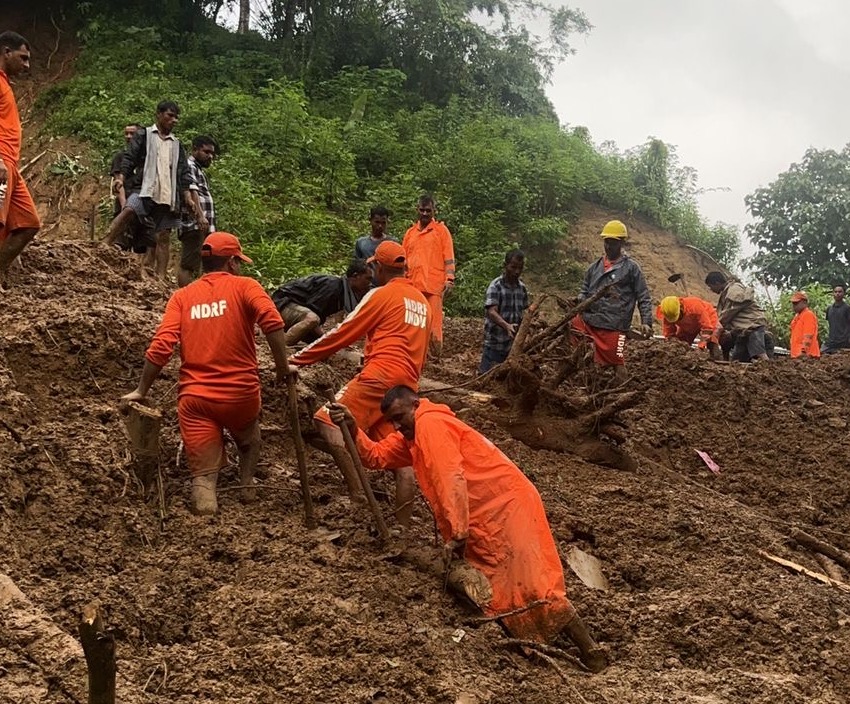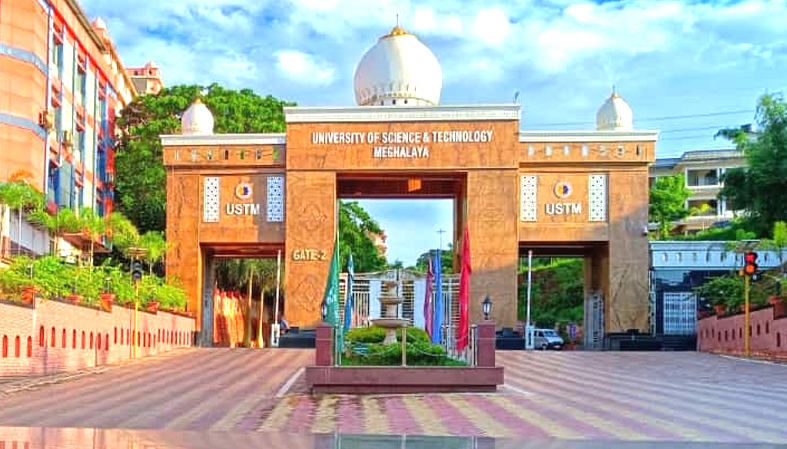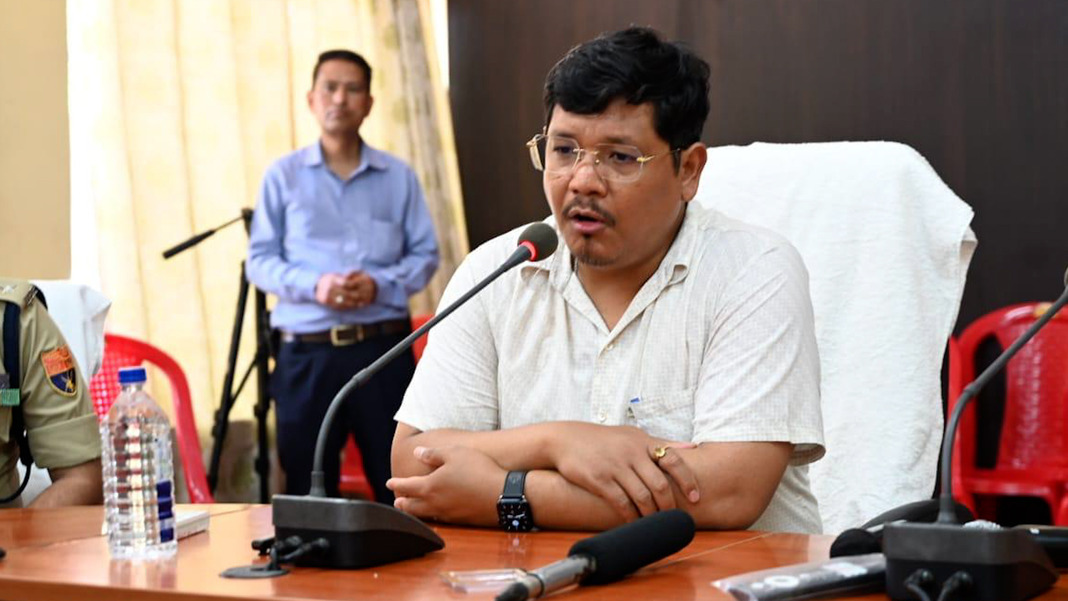Guwahati, Oct 7: Meghalaya, a state known for its picturesque landscapes and one of the wettest places on Earth, has seen a troubling rise in landslide incidents over the past few decades.
While the state’s charm lies in its undulating hills and verdant valleys, these very features, combined with increasing human intervention and climate change, have become a double-edged sword, triggering devastating landslides across its length and breadth.
The Geological Survey of India( GSI) have recorded and analysed 20 landslide incidents in the state from 2020-23.
Experts say these landslides have been attributed to a combination of heavy rainfall, unplanned construction, and the region’s naturally fragile geology.
There were two landslides in 2020 which were due to rainfall and drainage failures.
In May 2020, landslides hit areas like Jowai in West Jaintia Hills and Mawlai-Umjapung in East Khasi Hills. Jowai witnessed eight separate landslides following days of incessant rainfall, which oversaturated the soil and caused slope failures due to increased surface runoff. The area’s inadequate drainage systems worsened the situation. At Mawlai-Umjapung, the collapse of a poorly constructed retaining wall, again exacerbated by rainfall, resulted in a landslide that destroyed a home and rendered five people homeless.
The 2021 landslides are attributed to rockslides and debris slides. There were six landslide incidents.
In September 2021, landslides ravaged sections of National Highways 40 and 44E near Umiam and Sohiong village. A combination of rainfall and anthropogenic activities, such as slope modification and quarrying, triggered both debris and rockslides, disrupting transportation and causing significant property damage. For example, the landslide near Mawngap village was partly due to quarrying activities, which weakened slope stability, while others near Kreit village were similarly influenced by quarrying and slope cuts.
Landslides in 2022 were found to have been caused by unplanned slope cuts and road construction. There were nine cases of landslides.
The year 2022 saw multiple deadly landslides across Meghalaya. In June, the state witnessed significant landslides in villages like Jibalgre in West Garo Hills and Laitlarem in East Khasi Hills. The tragedy at Jibalgre claimed three lives, as oversaturated slopes from unplanned hill cutting collapsed. Similarly, at Laitlarem, unplanned road construction and excessive rainfall led to landslides that caused fatalities and the complete destruction of homes. These incidents underscore the danger of unregulated development in landslide-prone areas.
In 2023, quarrying and slope were identified as the reasons behind landslides. There were incidends of landslides.
In April, a rockslide near Ryngngain along the Shillong-Dawki road killed two and injured nine. Quarrying activities at the base of a highly jointed quartzite slope destabilized the natural equilibrium, leading to the fatal collapse. In June, another landslide occurred in Pyndengrei, West Khasi Hills, where the combination of steep excavation and heavy rainfall resulted in the death of two minors.
And finally extreme weather events and shifting climate patterns were also triggering factors. In fact 2023 was the warmest year in Meghalaya for more than a century. The 2023 IMD climate report for Meghalaya says the mean temperature over the state were warmer by +1.13 degrees Celsius thus making it the warmest year for the state since 1901. What more can be striking is that Sohra one of the wettest places on Earth has just recorded its hottest day with mercury touchng 33.1 degrees Celsius last month.




